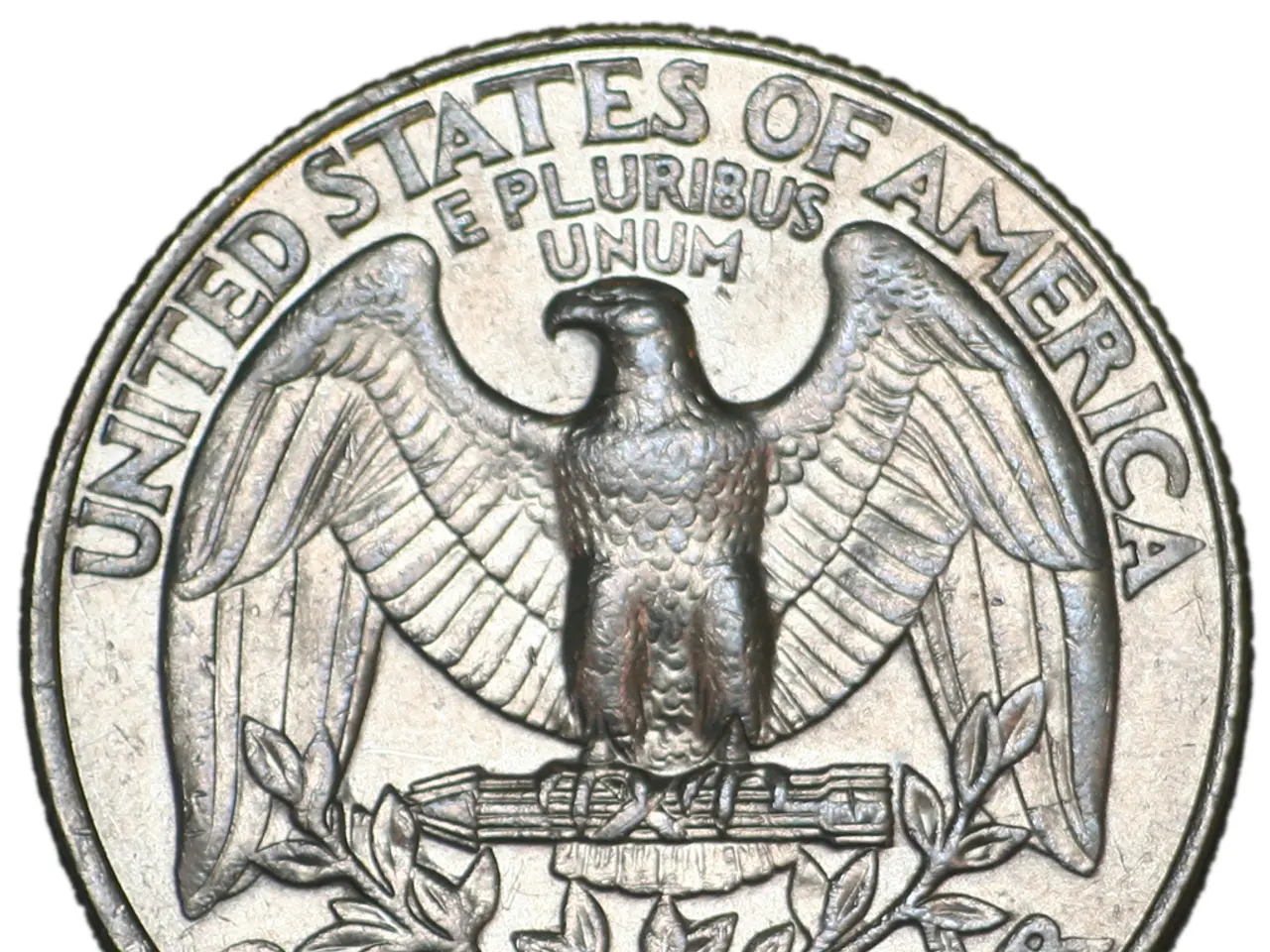Government prolongs PM E-DRIVE program for another two years in certain categories
Extension of PM E-DRIVE Scheme: India Continues Push Towards Net-Zero Emissions
The PM Electric Drive Revolution in Innovative Vehicle Enhancement (PM E-DRIVE) scheme, initially set to end in March 2026, has been extended to March 2028. The extension does not include an additional budget allocation.
The decision to extend the PM E-DRIVE scheme was made to further accelerate the adoption of electric vehicles (EVs) and promote domestic EV manufacturing. The scheme, which was approved by the Union Cabinet on September 11, 2024, and notified on September 29, 2024, will continue to focus on freight, public transport, two- and three-wheelers, and infrastructure development.
The total outlay for the PM E-DRIVE scheme remains at ₹10,900 crore, allocated over this extended period. Key funding allocations and changes include:
- Electric Buses: Significant funding for urban electric bus fleets to promote cleaner public transport.
- Charging Infrastructure: Large-scale rollout of public charging points, including fast chargers, impacting multiple EV segments.
- Electric Trucks: Newly included segment with demand incentives targeted for N2 and N3 category electric trucks, supported by a comprehensive warranty.
- Testing and Upgradation: Funding dedicated to upgrading Ministry of Heavy Industries test agencies for green mobility technology certification and compliance.
The scheme replaces earlier FAME-II and Electric Mobility Promotion Scheme (EMPS) subsidies and enforces stricter compliance and eligibility norms to address past subsidy misuse.
The extension of the PM E-DRIVE scheme comes as the demand for electric three-wheelers (e3Ws) - e-rickshaws and e-carts - has not materialized, while the demand for e3W L5 category has exceeded the forecast. As a result, the outlay for the e3W L5 segment has been increased from ₹715 crore to ₹879 crore.
However, the rollout of segments like e-trucks, e-tmbulances, and e-Ambulances will take more time, as they require the procurement of equipment through local and global tenders. India does not currently have e-Ambulances available.
In the case of e-Buses, the target can only be achieved after deployment, which would take over 6 to 18 months. The phased manufacturing plan for e-Trucks is also expected to be slow, as very few e-Trucks are being manufactured at present.
Setting up 72,300 electric public charging stations (EV PCS) and ensuring operations will take time. The PM E-DRIVE Scheme now includes the promotion of e-Ambulances, e-Trucks, and e-Buses, in addition to e-2Ws, e-3Ws, and charging infrastructure.
The PM E-DRIVE Scheme, which was implemented from October 1, 2024, will continue to play a crucial role in India's efforts to meet net-zero goals by 2070 through a clean mobility transition. The extension of the scheme underscores the government's commitment to a sustainable and green future for the country.
- The PM E-DRIVE scheme extension will focus on finance for infrastructure development, including the large-scale rollout of public charging points for electric vehicles.
- The government allocated a total of ₹10,900 crore for the PM E-DRIVE scheme, with significant funding allocated for electric buses to promote cleaner public transport.
- In addition to electric two-wheelers and three-wheelers, the PM E-DRIVE scheme now aims to promote the adoption of electric ambulances, trucks, and buses.
- To further the transition to a cleaner, greener business model in technology, the PM E-DRIVE Scheme continues to play a crucial role in India's efforts towards reaching net-zero emissions by 2070.




